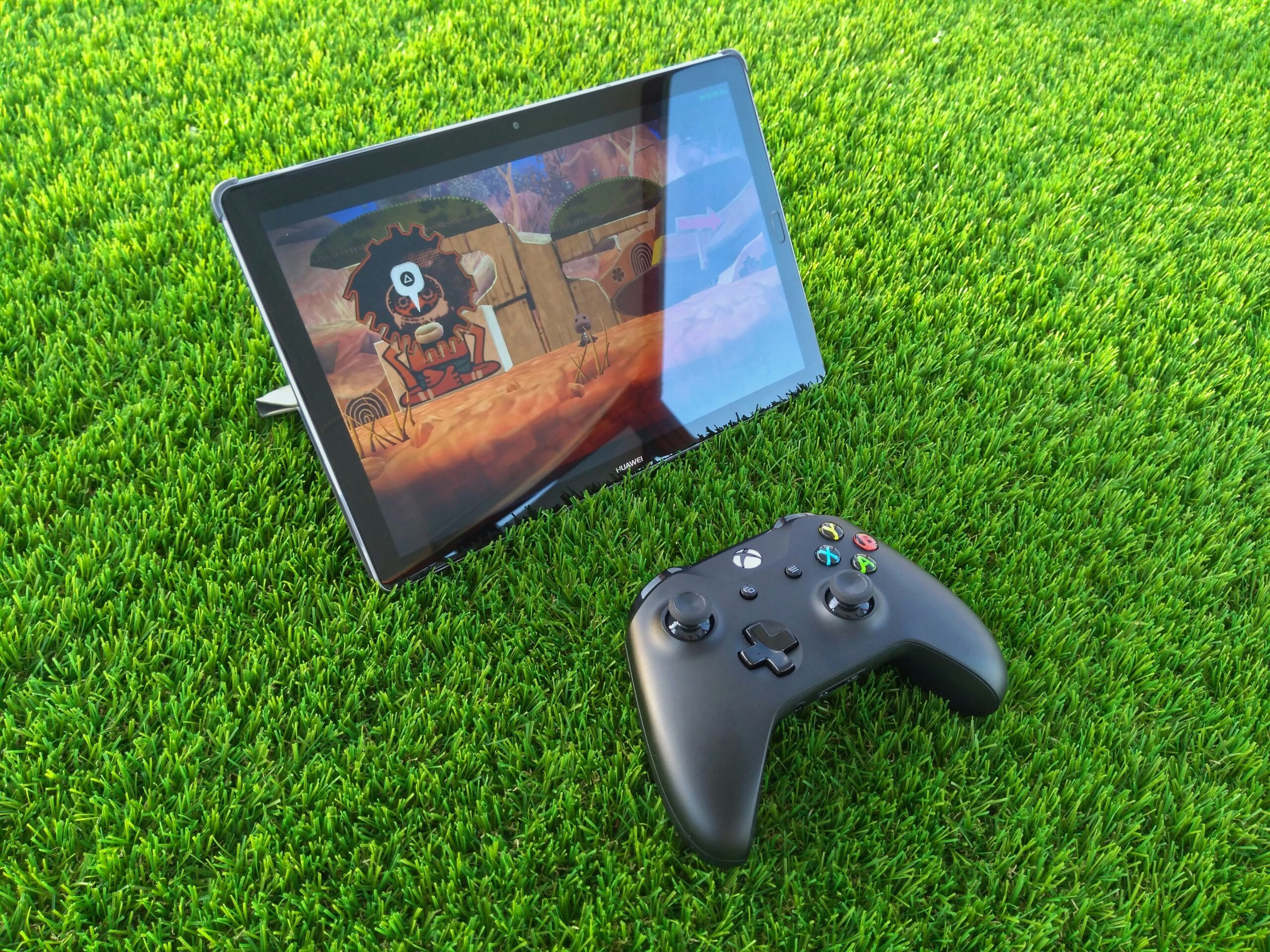Microsoft’s cloud gaming service is quietly preparing for its biggest transformation yet, according to reporting from Windows Central. While the gaming world focuses on next-generation console announcements and hardware partnerships, Xbox Cloud Gaming continues building the foundation for a streaming-first future that could change the way we play games.
Xbox Cloud Gaming Growing
The current Xbox Cloud Gaming platform runs on Xbox Series X|S hardware in Microsoft’s data centers. This setup works well for many games, especially those with fixed camera angles or 2D gameplay like XCOM 2. However, it struggles with fast-paced titles that demand split-second reactions. Players often notice input lag during intense gaming sessions, making competitive play challenging.
Industry sources suggest Microsoft is already testing a significant infrastructure shift. The company appears ready to move from Xbox console-based servers to PC-based streaming hardware. This change could unlock higher resolution options and improved bitrates, bringing Xbox Cloud Gaming closer to NVIDIA GeForce Now’s premium 4K offerings.
Meanwhile, players enjoying more casual browser-based games often turn to options like mahjong365.com that don’t require connecting to a cloud server and can be played on any device. With the popularity of mahjong on the rise, more and more players turn to mahjong versions of the game that last less than 20 minutes to play between taking on popular AAA titles.
On top of this, Microsoft announced that Xbox will bring the “stream your own game” feature to PC, but this is only available to Xbox Insiders with Game Pass Ultimate for now.
Performance Improvements on the Horizon
The new PC-based servers promise multiple benefits. Xbox Cloud Gaming currently maxes out at 1080p and 60 FPS, even in its best form, it doesn’t hit these targets the same all the time. This new build should provide increased visuals and decreased latency across all games.
On top of that, Microsoft has recently spent considerable time looking to decrease queue times, which may explain why there have been shortages of the Xbox Series X|S consoles, as they use the same silicon to run the consumer hardware and the cloud servers.
Long loading times and issues often stem from games being stuck installing, rather than the server being overloaded. When games aren’t pre-installed on the nearest data center node, the system must download files before launching, creating frustrating delays.
Hardware is also being worked on. Next-gen Xbox controllers will offer the players the ability to use three connection methods: Bluetooth, the current Xbox wireless technology, and direct Wi-Fi connectivity. The Wi-Fi option will send inputs directly to the cloud servers, rather than looping the data through the connected device first, which would considerably reduce input lag.
New Subscription Options Coming?
Microsoft currently offers Xbox Cloud Gaming exclusively through Xbox Game Pass Ultimate at $20 monthly. This includes PC Game Pass and Xbox console online features, but cloud-only players pay for services they don’t use.
The company is exploring dedicated cloud gaming tiers that could include:
- Ad-supported free tiers with time limits.
- Basic cloud subscriptions without day-one game releases.
- Premium tiers for 4K streaming and priority server access.
- Standalone services for players who don’t own a console.
Conclusion
Xbox Cloud Gaming is Microsoft’s vision for the future of gaming. While many questions around cloud gaming’s wider adoption remain, the service continues driving record playtime hours and attracting new audiences.
The upcoming PC-based infrastructure upgrade could finally deliver the performance and flexibility needed to make cloud gaming a true console alternative. For Microsoft, success means creating a community of cloud-first players who receive the same quality experience as traditional console gamers.


